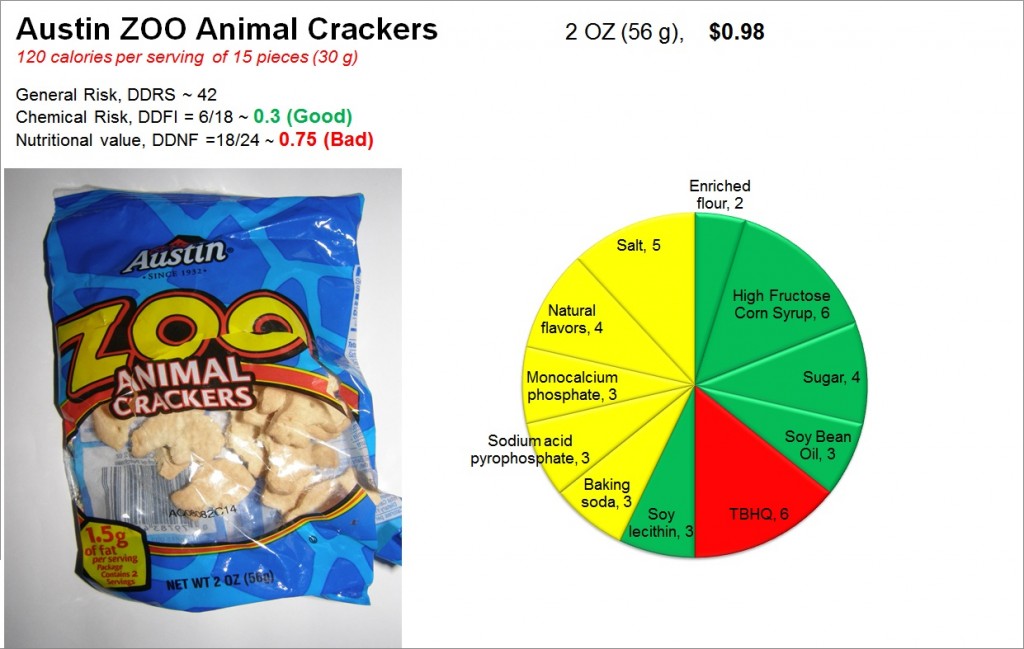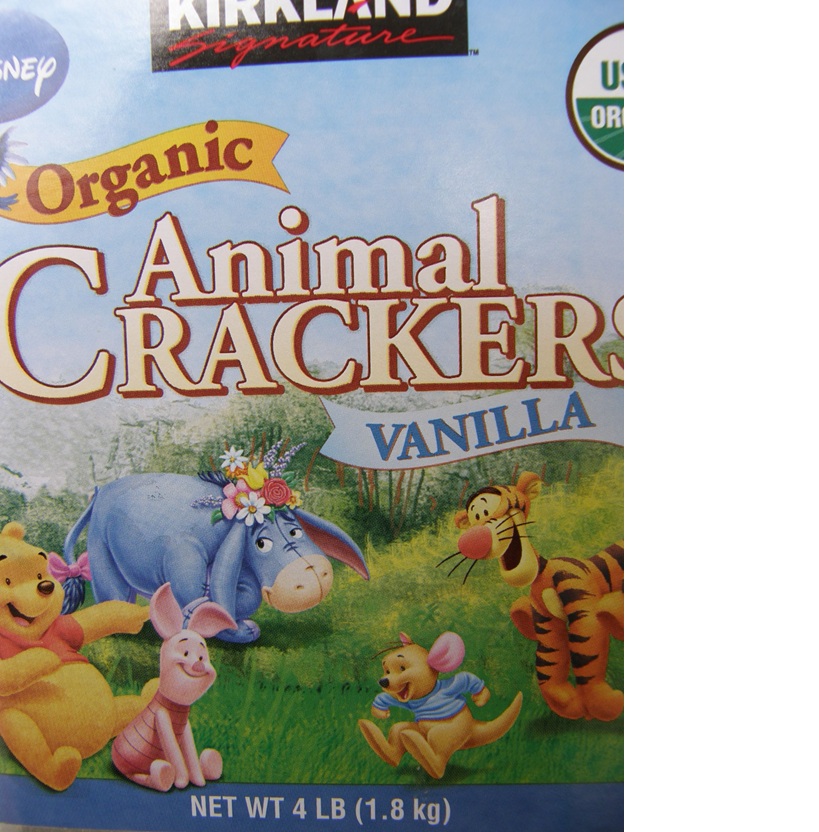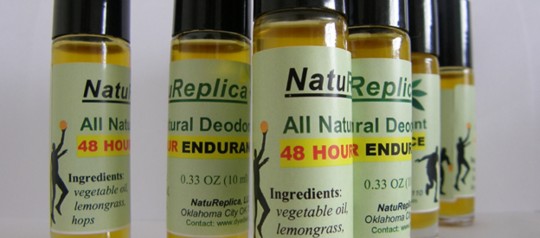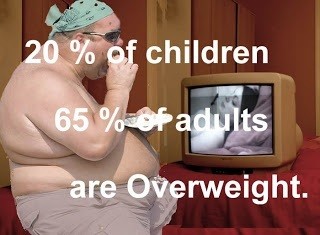Austin Zoo Animal Crackers
Animal cracker, according to the Wikipedia refers to a small cracker or cookie baked in the shape of animal, usually an animal one might see at a zoo, such as lion, tiger, bear or elephant. Normally animal crackers are less sweet than cookies. A serving of 30 g of Kellogg’s Austin Zoo Animal Crackers contain 25 g of carbohydrates from which 8 g are sugars. Despite this highly processed product contain only 1 potentially dangerous additive (xenobiotic chemical, the red segment in the diagram), tert-Butylhydroquinone (TBHQ), which is a preservative of phenolic nature, I cannot recommend it.
 Austin Zoo Animal Crackers: Risk and Nutrition
Austin Zoo Animal Crackers: Risk and Nutrition
While chemical risk you take DDFI = 6/18 ~ 0.3 is rather low, 5 benign chemical additives (yellow segments), cheap sweetener – High Fructose Corn Syrup (HFCS) and highly processed bleached flour are among 5 nutrients (green segments) that make overall nutritional value of the crackers miserable, DDNF = 18/24 ~ 0.75.
This is NOT a big surprise; taking into account recently reviewed Austin Cheese Crackers which, on the top of TBHQ that may cause anxiety and aggravate ADHD symptoms in children, also contained an artificial colorant Yellow 6. It looks like that Kellogg’s is not committed to contribute into the improvement of the quality of the American food supply. Here is a database of 250 most popular food additives in America and their risk factors: Risk Factors of Food Additives which you can use to assess the risk and nutrition of a majority of the groceries you come across on the market.
A better choice. From the other hand, Kirkland Signature Animal Crackers represent a different, healthy philosophy and the product.
 For $10.27 per 4 LB
For $10.27 per 4 LB
The crackers are baked with all natural and organic ingredients including non-GMO soy lecithin. I do hope your informed healthy choices will help to minimize unnecessary health risks for your children!
Category: Baked goods, Crackers







What additives are used in the product for food freshness?
Unfortunately real freshness CANNOT be preserved. To artificially “preserve” freshness they use sulfur dioxide, for instance, like in Twizzlers
http://www.dyediet.com/2011/03/02/candy-and-snacks/twizzlers-strawberry-twists/. This is nothing more than antiseptic http://en.wikipedia.org/wiki/Antiseptic and , above all, an extremely TOXIC gas for human beings. See http://en.wikipedia.org/wiki/Sulfur_dioxide . Look, as a chemist, I have handled sulfur dioxide many times. Let me tell you, it is a very dangerous suffocating gas. I have been keeping OPENED pack of Twizzlers for ~ 2 years: they are still quite “fresh”. No mold, no decay. Guess what this means? Twizzlers are NOT food. So this is absolutely useless “freshness” which only good for marketing purposes, NOT for nutrition.